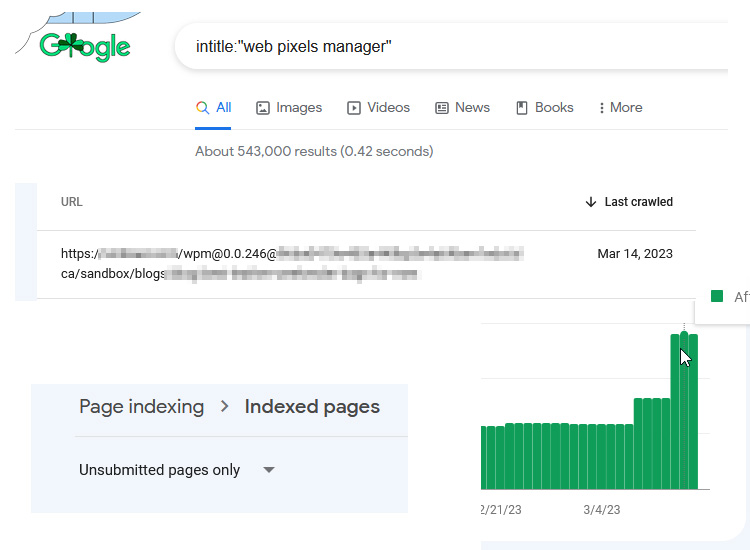Last Updated on May 21, 2018
If your website is brand new, then you don’t have the historical benefits to rely on in Google.
You’re treated as the new kid on the block, and this usually means 0 organic traffic.
But the good news is, the only way is up!
So I’ll go over the things to work on at the launch phase to get your website SEO going.

1. Fully Optimised Website
This should go without saying, but for one last time you should audit your entire website for any SEO problems or opportunities missed.
You can folow my in-depth SEO audit checklist and guide here, which will help you identify any problems.
Some of the most common things to look for are:
- Un-optimised pages – missing headers, titles, meta descriptions, urls, descriptions, etc.
- Duplicate content – placehodler content, duplicated pages that haven’t been edited, etc.
- Broken links – internal links placed to the wrong content.
This also presumes you have already done the proper keyword research to identify and map your site and url structure.
2. Links and Profile Claiming
When a new website is launched, there is no record of it on the interent, which is the first thing we want to change.
First off, you need to create every social profile that you can for your business, using a unique description, and including your business name, logo and website link. These help to establish your brand entity within Google, and should then be included in the sameAs part of your schema.org Organization code.
Next you need to establish yourself as a real company, and that means being seen where your main competitors are. There will likely be niche relevant and location relevant business directories that your competitors have listings on, and these should be your first link targets. These will often be paid for, so you should allocate budget to cover these links, and aim to have them all submitted and live within the first 2 months of launch.
To find the most appropriate page of a directory to submit your link to, visit Google and search for “directorydomain.com keyword” without quotes, where “keyword” is the main keyword of your website.
Warning – don’t submit to poor quality directories, don’t get sitewide links, and submit as much unique information to any profiles you create to maximise value.
Once the listings and social profiles are live, submit them through the Google submit url tool here: https://www.google.com/webmasters/tools/submit-url
You can also submit a press release to local and national news outlets with the story of your launch, to help generate some initial buzz and links to your website. This will not always be very fruitful, unless your company / website has a very unique angle that’s particularly newsworthy.
Warning – press releases should never use exact anchor texts if they are syndicated across more than one website. Use urls as anchors or generic terms such as “click here to see”. Avoid low quality, spammy providers like the plague.
3. Referral Traffic
Google doesn’t want to rank websites that only get traffic from Google search, in fact there was an entire update dedicated to penalising websites that did this.
So a new website should focus on generating traffic from other sources, which can help speed up the process of Google trusting your new website, and lead to organic rankings.
Other forms of traffic to focus on:
- Social referrals – Facebook, Twitter, Instagram, Youtube, Linked In, Stumbleupon, etc.
- PPC – Google, Bing.
- Email marketing
- Offline marketing – specifically to drive Brand Name searches.
You can track the results of these efforts through Google Analytics.
4. Link Outreach and Content Plan
The next stage for a new website is to create something valuable and worth linking to. Look at what is getting news attention in your industry and replicate it. You can use a service such as BuzzSumo to see what’s popular in your niche.
You can also create regular blog articles around FAQ’s in your niche that aren’t already talked about (avoiding any cannibals).
Outreach can be slow and take a lot of time to see any results, but if your new website gets only 1 or 2 really good links, it can seriously speed up your results.
5. Monitor Rankings
During the first few months of the launch, your website will probably be moving around all over the place. However it’s important to set some targets as a way of measuring progress.
I use Pro Rank Tracker to track rankings in all countries, and your best bet for a new website is to add the main term and a long tail version for each of your main pages to it, so that you can compare rankings across more than one keyword at once.
You can also use Google Webmaster Tools, more specifically the Search Analytics section. By filtering by page you can see what keywords those pages are starting to rank for, and it can sometimes identify missed keywords that you can then add to your page.
Final Thoughts
New website SEO is very tough, and you shouldn’t have any high expectations on results unless you have a mega marketing budget to put behind links and other forms of promotion.
If you have any questions, or would like any help, then email me: info@matt-jackson.com
You can learn more about me here.
You can browse the tools I use for SEO here.







This Post Has 0 Comments